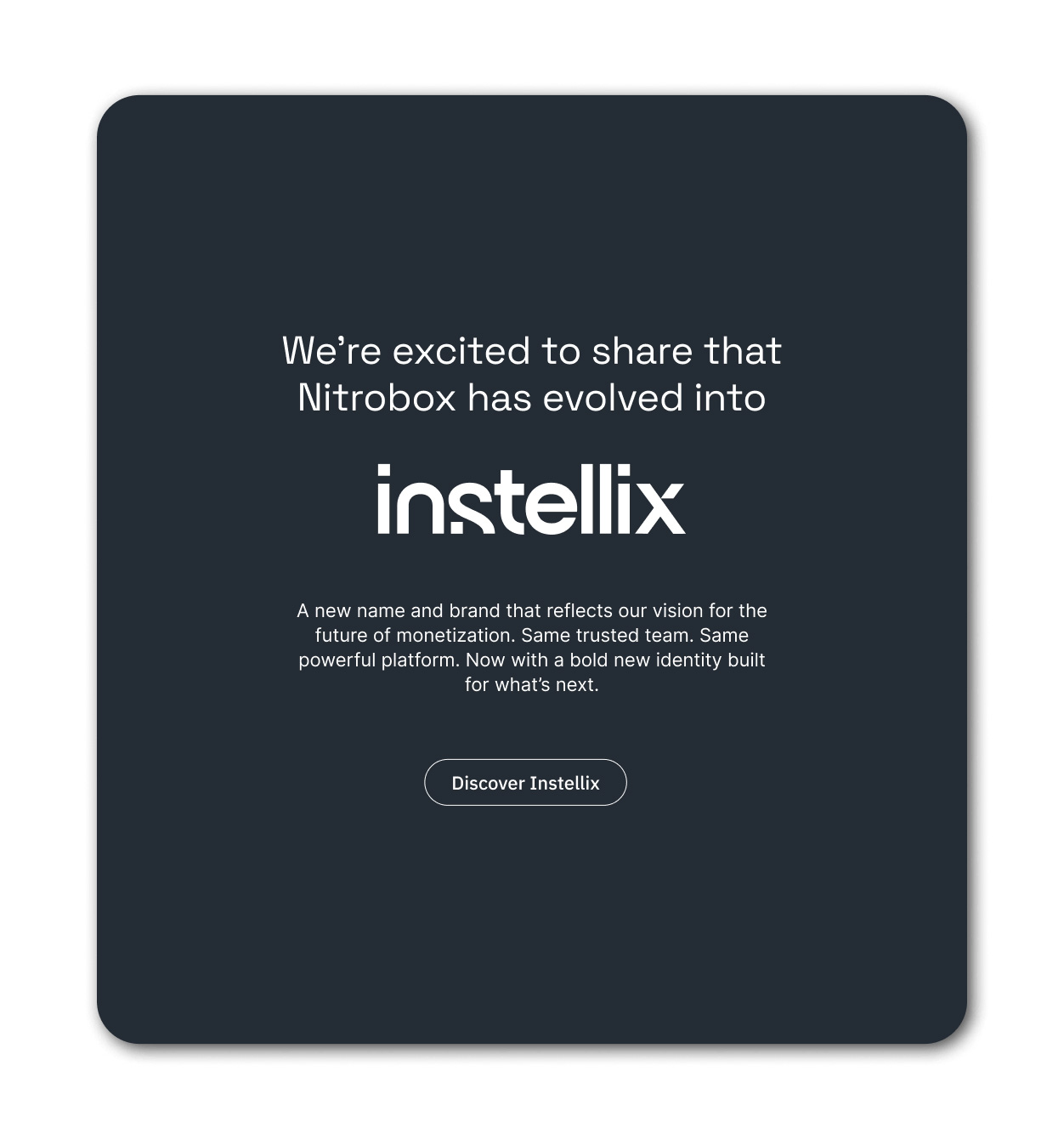The hidden costs of digitalisation
Digital business models such as subscription, XaaS, pay-per-use or hybrid models open up new growth and revenue potential – but also bring new challenges for the finance organisation. Especially when revenue streams need to be distributed across multiple partners in a complex value creation network. Our experience shows: The biggest operational hurdle is not on the sales side, but often on the accounting side.
CFOs of companies that have either already invested in digital business models or are about to do so need to rethink multi-party accounting – not as a purely operational function, but as a potential growth blocker and cost risk. Especially if the digital business model is going to be highly scalable, both in terms of revenue growth and geography. This is because billing quickly becomes a bottleneck, especially when several partners are involved in the value chain.
This is because the average processing (manual processing, not automated) of an incoming invoice check, including posting in the ERP system by an accountant, results in the following values:
- The average processing time per invoice is about 25 to 29 minutes or 0.42 to 0.48 hours per invoice.
These values include verification, account assignment and posting in the ERP system. The actual time required can vary depending on the complexity of the invoice, process organisation and degree of automation – both up and down.
The result: With the growing shortage of skilled accounting staff, the higher the volume of incoming invoice checks and postings, the greater the risk of errors, the longer the lead times and the scalability of the accounting processes, which can be severely limited.
Inhaltsverzeichnis
The scaling trap: causes and effects of inefficient billing processes
- Lack of automation
Many companies continue to rely on Excel-based workarounds or partially automated processes. With each new partner or product, the manual effort multiplies – not only a direct brake on growth and efficiency, but also a massive OPEX cost driver.
The result: Economies of scale are thwarted, costs rise exponentially and compliance risks increase. - Fragmented system landscapes
Non-integrated ERP, CRM and payment systems prevent consistent data flows and make automated processing more difficult. Finance teams become a bottleneck.
The result: Delays and inefficiencies in revenue distribution and recharges, increased risk of errors in the control logic, and increased need for manual intervention by finance teams. - Complex contract logics
Digital business models require the flexible mapping of a wide variety of billing and charging logics – from one-off payments to recurring subscriptions with usage-based components and hybrid contract models. These complex contract logics often exceed the mapping capabilities of traditional systems.
The result: New business models cannot be tested efficiently, the rollout is blocked and innovation and time-to-market are slowed down.
The systemic perspective: Why multi-party billing needs to be rethought
The solution lies not in manual optimisation, but in a structurally new best practice approach: multi-party billing must be understood and technologically mapped as an end-to-end automated and rule-based credit note process.
Instead of waiting for invoices from partners and manually checking and posting them, billing is ideally implemented as an automated credit note process:
- The platform automatically creates a credit note for each partner based on the sales and billing rules.
- The credit note contains the complete evaluation and serves as the basis for billing and payment.
- The typical incoming invoice check is usually completely omitted; account assignment, posting and payment run posting take place automatically.
Conclusion:
This approach virtually eliminates the need for posting and checking, thus eliminating bottlenecks and creating the conditions for true scalability – even in complex multi-party networks. At the same time, it frees up valuable accounting capacity for value-adding tasks
Best-practice solution modules for highly scalable, digital business models of the future
A future-proof multi-party billing solution is characterised by the following core features:
- Rule-based automation of bookings and credit notes: automatically and transparently allocate revenue, even with complex participation and billing models, including automatic chargeback of credits in the event of cancellation or termination by the end customer.
- Ability to combine flexible billing logics: subscriptions, usage-based fees, one-off payments, etc.
- Modular architecture: Expandable for new partner ecosystems, markets, currencies and business models.
- International tax and fee logic taken into account
- ‘API-first’ integrations: seamless, end-to-end integration into existing system landscapes (ERP, CRM, payment).
- Auditable compliance: complete documentation and traceability for audits, tax audits and internal control systems (ICS).
This is the only way to turn multi-party billing from a cost driver and growth risk into a growth resource.
CFO conclusion: Rethinking multi-party billing
It is crucial for CFOs to view the billing process not as an isolated function, but as a platform competency. Only by systematically addressing the operational hurdles can growth be achieved without exploding complexity costs. The fully automated crediting process for multi-party billing is the key – not only to efficiency, but also to strategic sustainability. It creates the conditions for dynamic growth, shorter time-to-market cycles and long-term resilience in complex digital ecosystems.
Find out how to overcome hidden billing barriers and unlock scalable growth—live in our upcoming webinar

